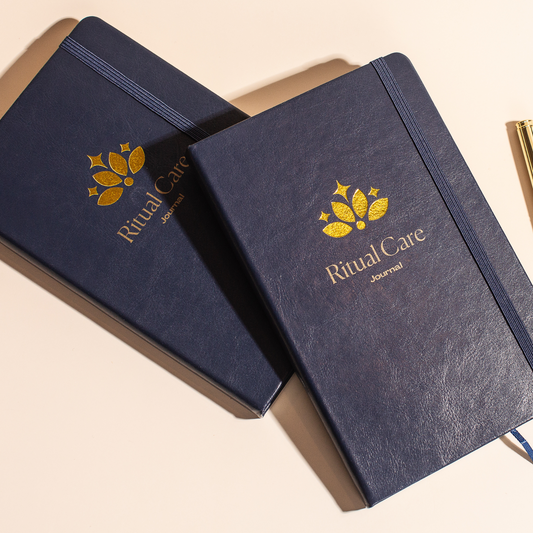As a Vata type, you like moving fast and being active. You may be drawn to playing sports and trying new workouts. As long as you don’t push yourself too hard, your love of movement is a gift. As thousands of studies show, physical activity is one of the most powerful ways to create radiant health and emotional well-being. Here are just a few of the physical and mental benefits of regular exercise:
In short, exercise makes you feel good. It can also slow down and even reverse the aging process. More than 5,000 years ago, the master Ayurvedic physician Charaka wrote, “From physical exercise, one gets lightness, a capacity for work, firmness, tolerance of difficulties, elimination of impurities, and stimulation of digestion.”
Here are some Ayurvedic tips to keep your Vata balanced while enjoying all the benefits of regular physical activity:
1) Relaxing, rhythmic activity balances Vata. Some activities that involve fluid, calming movements include …
2) Strength train. Include weight training in your exercise routine to increase your strength and build muscle.
3) Exercise outside when possible. When the weather is warm, enjoy outdoor activities in beautiful nature settings. Activities that are energizing and, at the same time, relaxing for Vata include …
4) Stay warm in winter. During the cold months, exercise indoors or bundle up in warm layers before heading outside. Vatas are easily unbalanced by cold weather, so take extra care to stay warm and comfortable.
5) Try hot yoga. Since Vata has a tendency to be cold and dry, you may benefit from practicing hot yoga—a style of yoga taught in a studio heated to a high temperature. Ashtanga yoga is also a heat-generating practice that will ground and soothe Vata while building strength and balance. In Ashtanga, the heat is generated from the practice itself rather than from the exterior heat of the studio.
Be sure to balance your activity with plenty of rest. Of all the doshas, Vatas have the greatest tendency to drive themselves into exhaustion, so it’s important to pay attention to your body’s signals and needs. Give yourself the loving care you need, and you’ll be more likely to experience vibrant energy and well-being for years to come.
Discover yogic tools that will provide calming, grounding, and nourishing with Vata Season Practice, a new session with Sarah Finger, available now in the Chopra App under For You.
- Decreased depression and anxiety
- Increased resilience to stress
- Improved sleep
- Sharper focus and decreased symptoms of attention deficit disorder
- Increased metabolism and reduced obesity
- Greater bone density (from weight-bearing exercise)
- Improved cardiovascular function
- Decreased symptoms of PMS
- Greater cognitive ability and a decrease in brain-related illnesses such as Alzheimer’s
- Increased ability to give up addictions such as smoking and alcohol abuse
- Decreased blood pressure and cholesterol
In short, exercise makes you feel good. It can also slow down and even reverse the aging process. More than 5,000 years ago, the master Ayurvedic physician Charaka wrote, “From physical exercise, one gets lightness, a capacity for work, firmness, tolerance of difficulties, elimination of impurities, and stimulation of digestion.”
The Best Exercise for Vata
There are two keys to creating a fitness plan. First, choose physical activities that you enjoy. If you don’t like running on a treadmill, you’re not going to stick with it for very long. The second key is to choose activities that are suited to your mind-body type. With Vata as your predominant dosha, you have a naturally light body and enjoy bursts of energy throughout the day. Although you may love high-intensity activities, it’s important not to exercise to the point of exhaustion and overstimulation.Here are some Ayurvedic tips to keep your Vata balanced while enjoying all the benefits of regular physical activity:
1) Relaxing, rhythmic activity balances Vata. Some activities that involve fluid, calming movements include …
- Rowing
- Yoga
- Rollerblading
- Dance
- Walking or swimming at a moderate pace
- Tai chi
2) Strength train. Include weight training in your exercise routine to increase your strength and build muscle.
3) Exercise outside when possible. When the weather is warm, enjoy outdoor activities in beautiful nature settings. Activities that are energizing and, at the same time, relaxing for Vata include …
- Golfing
- Canoeing
- Hiking
- Light cycling
4) Stay warm in winter. During the cold months, exercise indoors or bundle up in warm layers before heading outside. Vatas are easily unbalanced by cold weather, so take extra care to stay warm and comfortable.
5) Try hot yoga. Since Vata has a tendency to be cold and dry, you may benefit from practicing hot yoga—a style of yoga taught in a studio heated to a high temperature. Ashtanga yoga is also a heat-generating practice that will ground and soothe Vata while building strength and balance. In Ashtanga, the heat is generated from the practice itself rather than from the exterior heat of the studio.
Be sure to balance your activity with plenty of rest. Of all the doshas, Vatas have the greatest tendency to drive themselves into exhaustion, so it’s important to pay attention to your body’s signals and needs. Give yourself the loving care you need, and you’ll be more likely to experience vibrant energy and well-being for years to come.
Discover yogic tools that will provide calming, grounding, and nourishing with Vata Season Practice, a new session with Sarah Finger, available now in the Chopra App under For You.






















